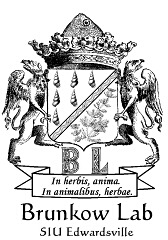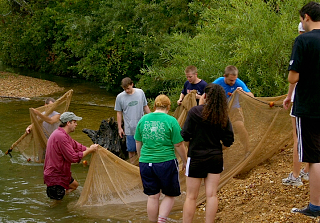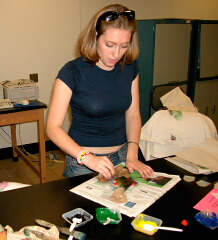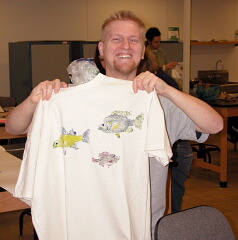In the Biostatistics course, you will learn the basics of statistical analyses in a biological context.
We will start with very basic concepts, including notions of probability, measures of central tendency, and descriptions of dispersion.
Hypothesis testing is then explored, both from a philosophical perspective and then from a probabilistic, mathematical calculation perspective.
We will then introduce additional inferential tests, all of which build off of the basic interface between hypothesis testing and probability.
Placing these inferential tests in an appropriate context requires that we also cover basic experimental designs.
We'll explore how different kinds of questions require different kinds of data to be collected, which in turn then require certain kinds of
statistical analyses or tests be applied. One major underlying theme of the course along these lines is that you should have a complete
understanding of the kind of data you will be collecting and the resulting statistical analyses you will perform PRIOR to
the execution fo your study.
The course starts at "the beginning" of any standard statistics course, with calculations of basic descriptive statistics like
the arithmetic mean and standard deviation. In my version of BIOL 417, we will proceed from there up to linear regression, analysis of variance,
and analysis of covariance. We will likely also include non-parametric statistics. What I generally do not cover includes multivariate methods, such as
factor analysis and multivariate regression, maximum likelihood models, Bayesian statistics, and randomization procedures.
|







